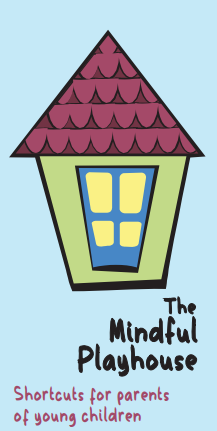You deserve some time to yourself in the evening. Every parent (or grandparent) does. You might want to read, watch a show, or take a bath and hone your mindfulness practice in the bubbles.
Yet our young children have a habit of interrupting this much needed relaxation—often when we have used up our daily quota of NICE. These interruptions might happen many times an evening. And later on, in the middle of the night. Here’s a little trick I read about in a parenting magazine many moons ago. |
It’s the NIGHT VISIT PASS. Make a credit-card sized pass, DIY, as plain or fancy as you’d like it. (But shhh…don’t let your child see that YOU made it. It just happened to appear!) Cover the pass with a piece of clear contact paper or packaging tape to protect the pass from drool and sweaty palms. You’ll be re-using it for an indefinite amount of time.
Introduce the pass this way: “Here’s a pass so you can come out of your room if you need something.” Give examples like needing a sip of water, an extra hug, or help in the bathroom. Now this is critical. Tell them, “You can use this pass ONE TIME each night. I will keep the pass safe after you use it till tomorrow. Remember, you can only use it once. There will be some initial testing. BE STRONG. And neutral. “Oh, bummer. You used the pass already. Don’t worry, you can get it back tomorrow at bedtime.” My kids usually saved their pass “just in case” they had a nightmare. which means I rarely saw them after I tucked them in.
Hopefully, you’ve introduced mindfulness techniques like counting their breaths, or watching their tummies rise and fall as they breath. Assure them that they know how to self-soothe in these ways, stay calm, and drift off to sleep. Keep the NIGHT VISIT PASS in a special envelope that your child decorated, taped to a door or wall near their bed, where it will become part of your nighttime routine.
